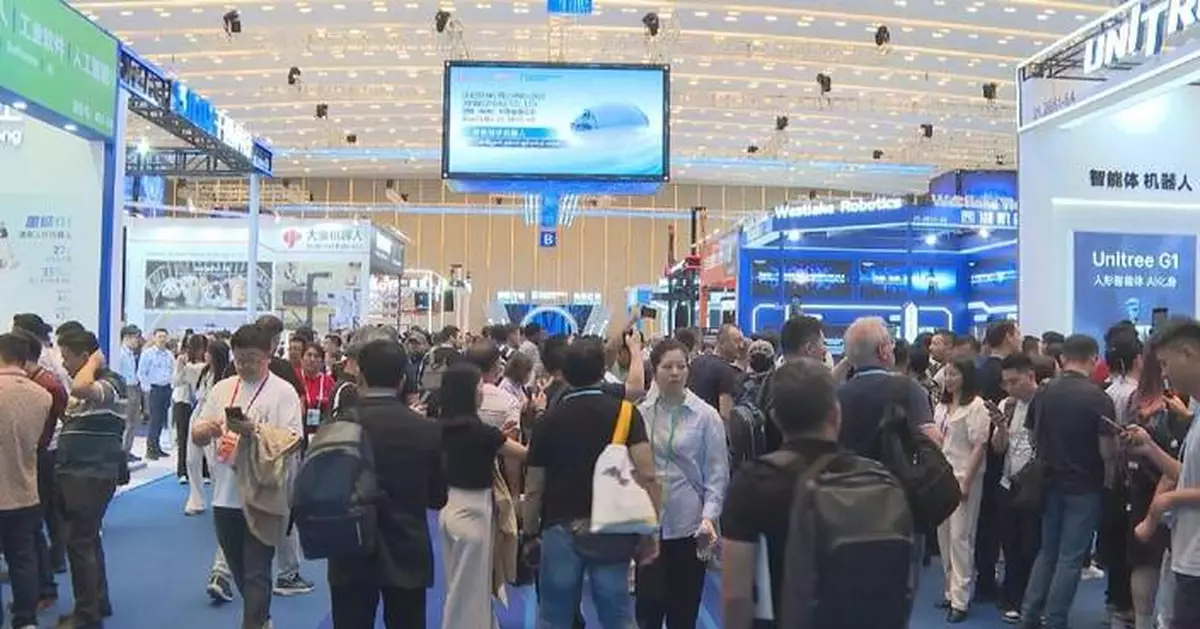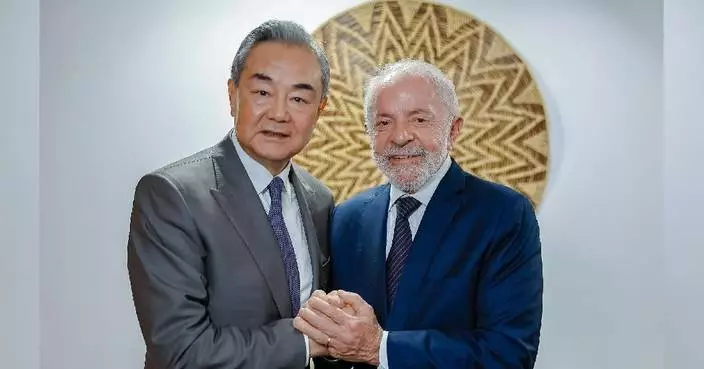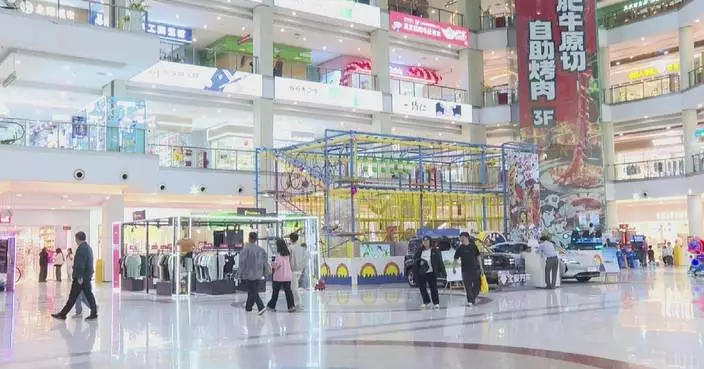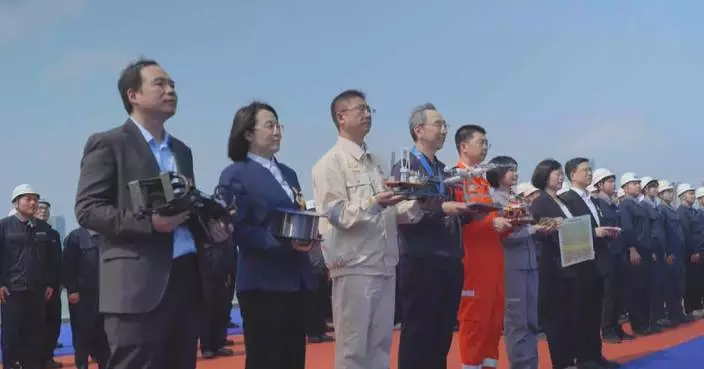The ongoing 137th edition of the China Import and Export Fair, also known as the Canton Fair, has fascinated visitors with the latest achievements of China's artificial intelligence development efforts.
The fair kicked off on Tuesday in Guangzhou City of south China's Guangdong Province, with the number of export exhibitors exceeding 30,000 for the first time in the history of this event.
The first phase of the Canton Fair, held from April 15 to 19, focuses on advanced manufacturing and for the first time added a special zone for service robots.
Many overseas buyers at the service robots zone use their mobile phones to capture images of robotic dogs, industrial exoskeleton equipment, automatic cruise robots, coffee-making robots and other products, while asking exhibitors for more details about their functions.
"I am very impressed by China's achievements in AI. This is my first time visiting the Canton Fair, and the innovations I have seen in AI are incredible. What China has achieved has broken down communication barriers not only within the country, but also for the whole world," said a Russian buyer.
"It is amazing. Everything looks very, very cutting-edge, like, wow. I look [have seen] many, many applications in the future for the Chinese technology here so I would do business with them," said a Swedish buyer.
Many overseas buyers are shifting their product selection priorities from a focus on the price-performance ratio to a technology-oriented approach. For numerous international customers, high technology and intelligence have become a key factors in their purchasing decisions.
"I am particularly looking for the house cleaning robots, and we found some very, very good products. [Smart products] are getting more popular now. I've been coming to China for about 10 years. I saw the difference every year getting higher and higher and better and better products," said a Brazilian buyer.
The fair also includes an industry trend forum focused on AI plus consumer electronics, bringing together domestic AI experts, analysts, representatives from industry organizations and research institutions, and corporate representatives to explore the deep integration of AI technology with the consumer electronics sector.
"We see huge business opportunities existing abroad. As an emerging company, we also hope to take the Canton Fair as a platform to assess the overseas market. We have already received numerous inquiries and business contacts from various countries," said Tian Gang, a Chinese exhibitor.
Established in 1957, the Canton Fair is held twice a year in Guangzhou. It is the longest-running of several comprehensive international trade events in China and has been hailed as the barometer of China's foreign trade.
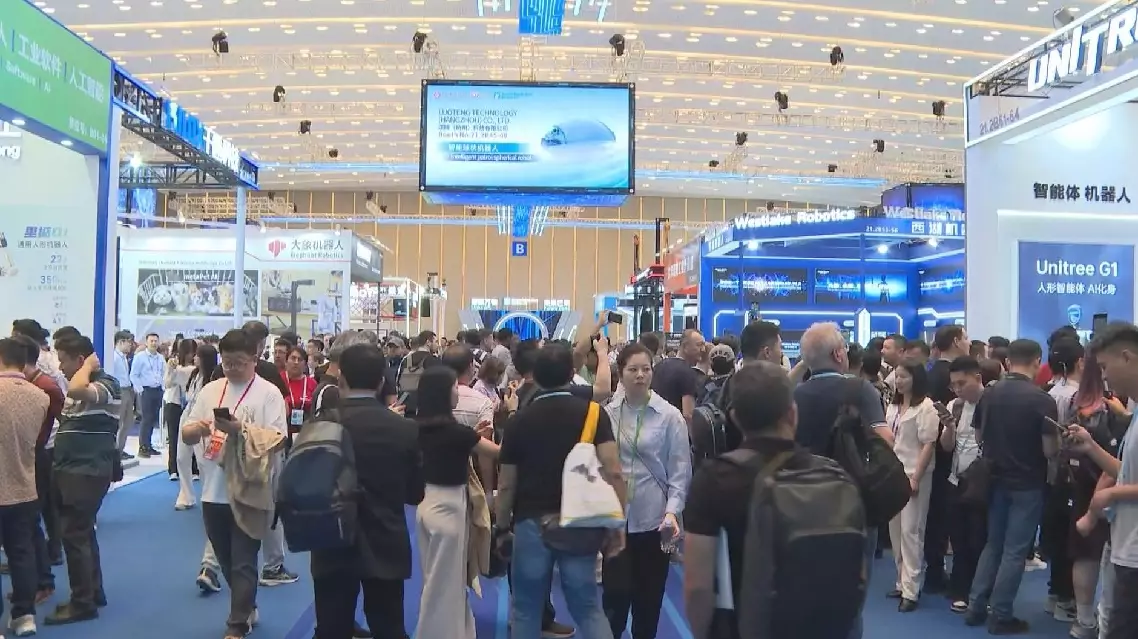
China's AI development achievements catch spotlight at Canton Fair
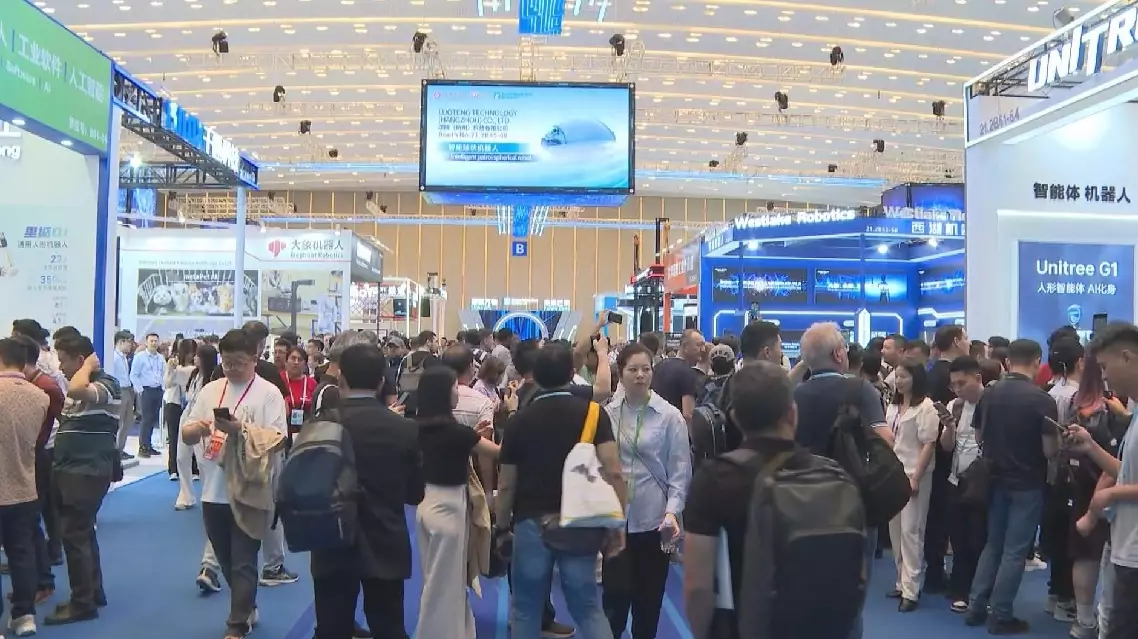
China's AI development achievements catch spotlight at Canton Fair
U.S. tariffs on Cambodia, which were set at 49 percent, have sparked concerns among the Southeast Asian country's key export industries such as garment manufacturing amid the ensuing economic uncertainties.
On April 2, U.S. President Donald Trump announced the 49 percent "reciprocal tariff" on goods imported from Cambodia, the highest among all countries. Days later, the U.S. reduced the so-called "reciprocal tariff" to 10 percent for 90 days, offering a window period to Cambodia for negotiations with it.
Cambodian businesspeople say the tariffs have the potential to wreak havoc on the country's manufacturing sector, which, according to data from the World Bank, makes up around a fifth of the country's GDP.
"For U.S. manufacturers, definitely, there will be a big impact. If manufacturers are focusing on U.S. products, they are now in the middle. They don't know what they should do at the moment because the tariff now from Cambodia to the U.S. is actually quite high," said Dr. Ben Li, a Hong Kong investor in Cambodia and Chairman of the Cambodia Chinese Commerce Association.
Nevertheless, Li sees the tariff hike as an opportunity to export more Cambodian goods to the European Union, where a majority of Cambodian exports enjoy duty-free status.
"I always say there will be a light (at the end of the tunnel.) Even now, the U.S. tariff is so high, it's going to be so high after 90 days, we don't know. But, there's still a big market to Japan or to the European Union. There's still a big opportunity there," he said.
The Cambodian investor also believes the development of major infrastructure projects will help support Cambodia's economy.
"Especially the new canal and then the new airport, and the railways which connect to China. I believe once the logistics and infrastructure are built up, it can help the whole country's economy. By reducing the transportation costs, it can also mitigate the tariff costs," he said.
Cambodia and the U.S. held their first tariff negotiations on April 16, with more expected to follow. Local experts said the stakes are high for the country's workers.
"If this negotiation fails, there will be a significant impact. It will include the garment and travel goods sector. These sectors consist of about 1,068 factories and 930,000 workers. The income generated from these sectors is about 3 billion dollars per year. So it would significantly impact Cambodia's economy, jobs and incomes," said Chey Tech, a socio-economic research and development consultant from Dynamic Alliance Consulting.
Despite the potential risks, Tech expressed his optimism about a positive outcome, citing Cambodian Prime Minister Hun Manat's letter to Trump on April 4.
"The Prime Minister's letter confirmed that Cambodia would reduce the tariff rate for U.S. goods to 5 percent. Second, Cambodia is the least developed country. Third, Cambodia produces goods that the developed countries won't produce. We asked whether the U.S. would be able to produce these low-cost products. It cannot," said Tech.
In 2024, Cambodia exported goods of 9.9 billion dollars to the U.S., making it the country's largest market, accounting for 37 percent of Cambodia's total exports.

49-percent US tariffs sparks worry among Cambodia's key export industries




